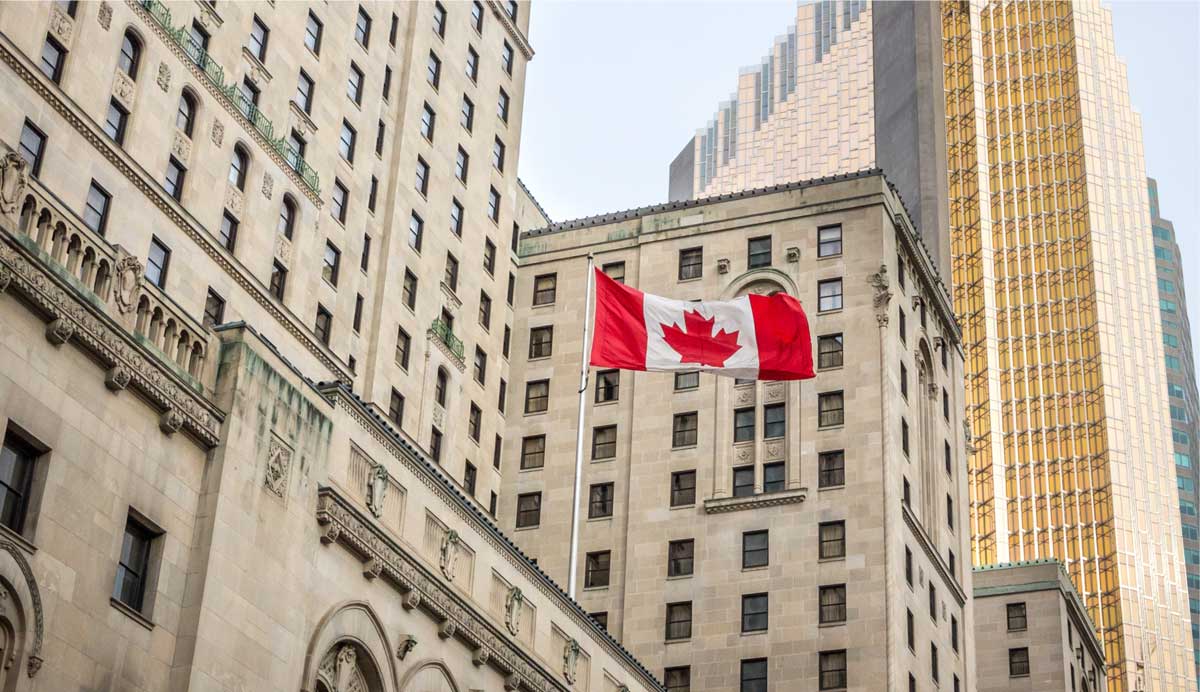Why you should be contributing to an RESP (and what it’s costing your kids if you’re not)
To say that post-secondary education isn’t cheap would be an understatement—and it’s not going to get any cheaper. The federal government predicts tuition fees will rise at a rate of 2.5% above inflation annually over the next 20 years.
At this rate, it is expected tuition fees will increase from an average of $6,834 in 2022 to $19,900 in 2036.
If you just had your first kid, congratulations… now start saving.
Better yet, open and start contributing to their RESP (Registered Education Savings Plan) today.
Seriously, the sooner the better—and here’s why:
- According to the Canadian Federation of Students (CFS), those requiring a Canada Student Loan to cover the cost of tuition graduate with an average debt of $28,000
- These are the students that completed their undergraduate degree and had no form of post-secondary savings, such as an RESP, to fall back on
- Actuarial reports of the Canada Student Loan Program predict that as tuition fees continue to rise, so will the financial needs of students, which will drive up the amount of student loans required to pay for post-secondary education
Conclusion: the cost of NOT having any kind of education savings = a generation of students that will be incurring more and more student loan debt with each passing year.
The more that student debt rises, the longer it will take to pay off—a financial burden that will cause a serious delay on the ability for the youth of tomorrow to start their lives and mark all of those post grad milestones such as purchasing their first home, let alone leaving mom and dad’s.
That’s where a RESP can be a really powerful education savings vehicle that can ease the financial burden on students for two very specific reasons:
- The government will chip in 20%: Seriously, who doesn’t like FREE money? Thanks to the CESG (Canada Education Savings Grant), you’ll receive an additional 20% of your RESP investment on the first $2,500 per year (which equals $500 annually up to a lifetime maximum $7,200 per child).
- It’s tax-sheltered: Contribute up to $50,000 per child. The investment will then grow, sheltered from tax (similar to an RRSP). When the money is withdrawn, the CESG money and earned investment income will be taxed at the child’s tax rate, possibly zero in some cases.
Don’t let expensive fees eat up your child’s RESP returns. Learn more about our Low-Fee RESPs.
Haven’t been contributing to an RESP and missing out on all that CESG? No problem.
You can play ‘catch up’—but only up to a certain point. Unused CESG room automatically builds from the year your child/grandchild is born and is carried forward to the year they turn 17 (the final year they qualify). Keep in mind that the maximum CESG that can be received annually per child when you’re playing catch-up on RESP contributions is $1,000.
Some things to keep in mind if you’re playing ‘RESP catch up’:
- If your child/grandchild turned 10 this year, you may want to get an immediate jump on maximizing your CESG benefit, since it’ll take roughly 7 years to catch up on the maximum $7,200 in free CESG money (that is if you max out your enhanced RESP catch-up contributions at $5,000 a year for the next 7 years)
- If your child/grandchild turned 15 this year and doesn’t yet have an RESP, no CESG money can be claimed in the remaining two years of eligibility unless $2,000 is contributed to an RESP by the end of the calendar year (RESP deadline for each calendar year is December 31st)
What happens to the RESP if your child/grandchild decides not to pursue post-secondary education?
No worries. You need not close the RESP until the 36th year of the plan. This gives your child plenty of time to pursue higher education. If not, you simply close the RESP and return the CESG portion to the government. The contributions are returned to you tax-free and the income earned can be rolled into your (or your spouse’s) RRSP, provided there is contribution room. If no RRSP room exists, the earned income is then taxed at your marginal tax rate, plus an additional 20%.
So, to sum it all up—the cost of NOT having an RESP means:
- Your children will incur an exorbitant amount of student debt
- Delaying their capability to get a solid financial footing post graduation
- Missing out on the 20% of FREE government money (CESG)
An RESP started by you = a lightening of the financial burden on them… and that’s priceless.
Click here to use our RESP calculator to get a feel for the real education savings potential.
Sources:
Canada Federation of Students ‘The Impact of Student Debt’, Statistics Canada ‘Canadian Tuition Study’, and Financial Post.
Statistics Canada – Tuition fees for degree programs, 2022/2023


